Discover the fascinating world of birds that call the Pyrenees home. This guide introduces you to 15 species that thrive in this unique mountain range. Learn about their appearance, diet, and other Pyrenees-specific information as you soar through the skies of avian wonder!
Nestled between France and Spain, the Pyrenees mountain range is a haven for bird enthusiasts and nature lovers alike. With its diverse habitats and altitudes, these majestic peaks host an astonishing array of bird species.
From the tiniest songbirds to the most impressive birds of prey, the Pyrenees offer endless opportunities for exploration and discovery. Join us as we take a light-hearted tour of the Pyrenees’ feathered friends, and find out what makes them so special.
1. Bearded Vulture (Gypaetus barbatus)
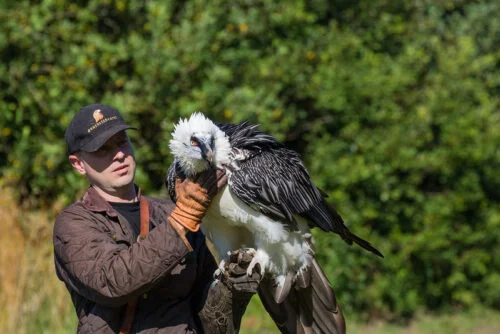
The Bearded Vulture, also known as the Lammergeier, is a striking bird of prey that is as unique as its name suggests. With a wingspan of up to 9.3 feet, this magnificent creature effortlessly glides through the Pyrenees, often at altitudes above 3,000 meters.
Their striking appearance features a white head, black eye patches, and a rust-colored neck, giving them a distinctive bearded look.
These vultures have an interesting diet primarily consisting of bone marrow from carcasses, which they access by dropping bones from great heights to crack them open. Their presence in the Pyrenees is crucial for maintaining the ecosystem, as they play a vital role in cleaning up the environment.
2. Griffon Vulture (Gyps fulvus)
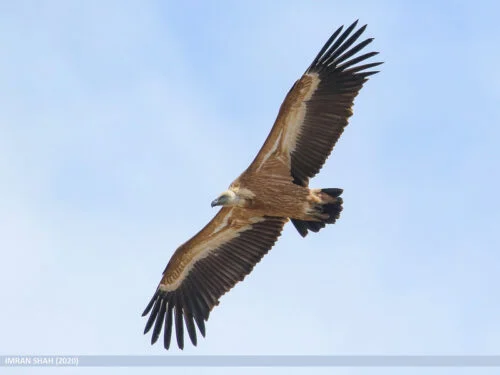
Another impressive bird of prey found in the Pyrenees, the Griffon Vulture, boasts a wingspan of up to 9 feet. Their plumage is mostly pale brown, with a white ruff around the neck and a bald, yellowish head.
These vultures congregate in large groups called “wake” and are known for their impressive soaring skills.
Griffon Vultures feed mainly on carrion, playing a vital role in the ecosystem by cleaning up carcasses. In the Pyrenees, they can often be seen riding thermal currents as they search for their next meal. Conservation efforts have helped increase their numbers, making them a common sight in the region.
3. Golden Eagle (Aquila chrysaetos)
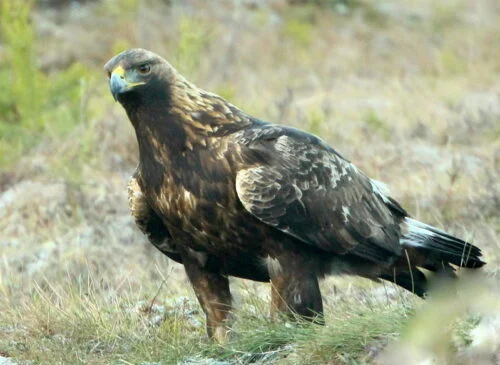
The Golden Eagle is a symbol of power and grace, and its presence in the Pyrenees is a testament to the region’s pristine habitats. With a wingspan of up to 7.5 feet, these eagles are easily recognized by their dark brown plumage and golden feathers on the nape of their necks.
Golden Eagles are skilled hunters, preying on mammals such as rabbits, marmots, and even foxes.
They build their nests in inaccessible cliff faces, ensuring the safety of their young. These majestic birds can be spotted soaring effortlessly above the Pyrenees’ rugged peaks and valleys.
4. Eurasian Black Vulture (Aegypius monachus)
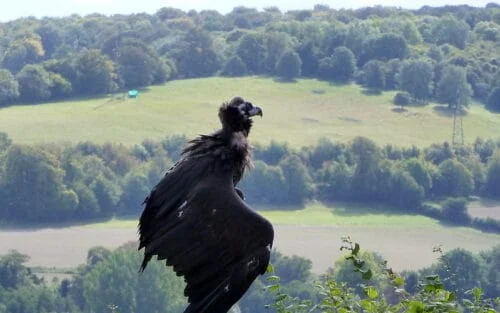
Among the largest birds of prey in Europe, the Eurasian Black Vulture is a formidable presence in the Pyrenees.
With a wingspan reaching up to 9.8 feet, they are unmistakable in flight. Sporting blackish-brown plumage and a featherless, grayish head, these vultures exude an air of power. Their diet consists mainly of carrion, but they are known to occasionally hunt live prey.
Black Vultures prefer remote areas, and the Pyrenees provide them with the perfect habitat to thrive. They can be seen soaring high above the mountains, scanning the landscape for carcasses or potential prey.
5. Eurasian Eagle-Owl (Bubo bubo)
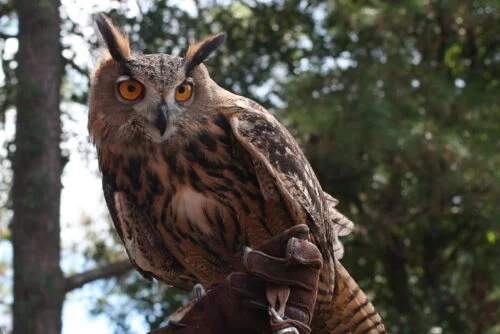
The Eurasian Eagle-Owl is one of the largest and most powerful owls in the world, with a wingspan reaching up to 6.2 feet. Their striking appearance includes large, orange eyes, and intricate patterns of brown, gray, and black feathers.
These nocturnal predators feed on a wide range of prey, such as rodents, birds, and even small mammals like foxes. In the Pyrenees, they prefer rocky areas and woodland edges, where they can easily survey their territory.
Despite their size and power, these owls can be quite elusive, making a sighting in the wild an unforgettable experience.
6. White-throated Dipper (Cinclus cinclus)
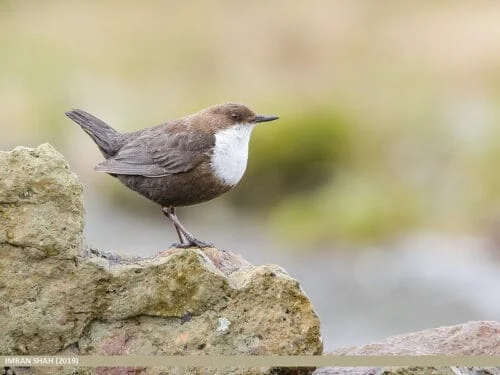
This charming little bird is the only aquatic passerine in Europe and is instantly recognizable by its white throat and chest. The White-throated Dipper frequents the Pyrenees’ fast-flowing mountain streams, feeding on aquatic insects and their larvae.
They have a unique foraging technique, diving underwater and using their wings to “swim” against the current.
Dippers build their nests close to water, often under bridges or on rocky ledges. Their delightful presence and unusual behavior make them a favorite among birdwatchers in the Pyrenees.
7. Wallcreeper (Tichodroma muraria)
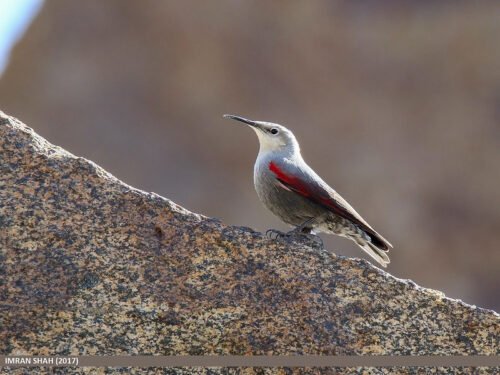
The Wallcreeper, also known as the “flying flower,” is a stunning bird with an impressive set of skills. Their striking plumage features a gray body with crimson wings that resemble butterfly wings when spread.
Wallcreepers are adept climbers, using their curved beak and long, slender legs to navigate rocky surfaces in search of insects. They are most commonly found in the high-altitude areas of the Pyrenees, nesting in crevices and cliff faces.
Watching a Wallcreeper in action is a mesmerizing experience, as they effortlessly scale vertical surfaces with grace and agility.
8. Pyrenean Rock Ptarmigan (Lagopus muta)
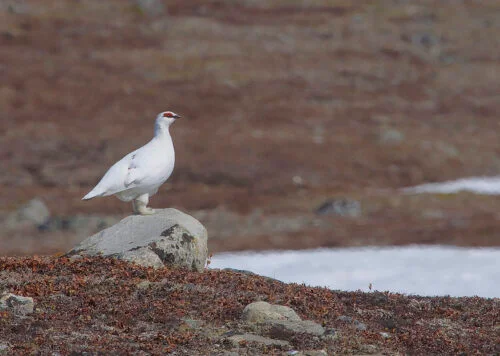
The Pyrenean Rock Ptarmigan is a subspecies of the Rock Ptarmigan, specifically adapted to life in the Pyrenees. This small, plump bird sports a mottled brown and white plumage during the summer months, which turns almost entirely white in winter to blend in with the snowy landscape. They inhabit high-altitude areas, feeding on a variety of plants and seeds. Pyrenean Rock Ptarmigans are known for their distinctive calls, which can be heard echoing across the mountains. Their ability to thrive in harsh environments and their unique appearance make them a fascinating subject for birdwatchers in the Pyrenees.
9. Alpine Chough (Pyrrhocorax graculus)
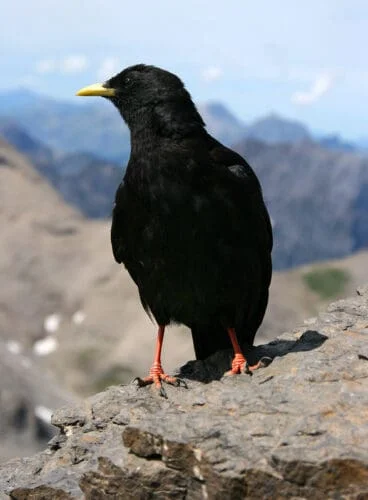
The Alpine Chough is a distinctive member of the crow family, boasting glossy black feathers and a bright yellow bill. These social birds are often seen in flocks, wheeling and diving through the skies of the Pyrenees.
They feed mainly on insects, seeds, and fruit but will also scavenge for food in human settlements.
Alpine Choughs are well-adapted to life in the high mountains, nesting in rocky crevices and foraging at altitudes of up to 4,000 meters. Their playful aerial acrobatics and bold personalities make them a delightful sight in the Pyrenees.
10. Citril Finch (Serinus citrinella)
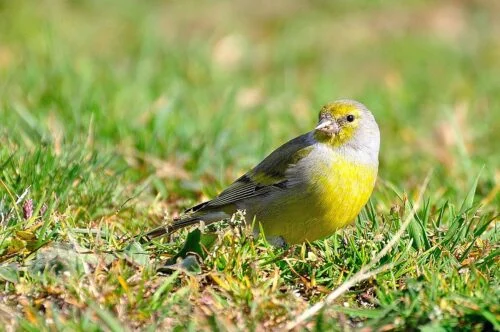
This small, colorful songbird is endemic to the mountain regions of Europe and is a delightful sight in the Pyrenees. The Citril Finch sports yellow-green plumage with darker streaks, making it easy to identify.
They prefer coniferous forests and alpine meadows, feeding on seeds, buds, and insects. Citril Finches are known for their beautiful songs, which can be heard echoing through the mountains during the breeding season.
Their bright colors and melodic tunes make them a favorite among birdwatchers in the Pyrenees.
11. Snowfinch (Montifringilla nivalis)
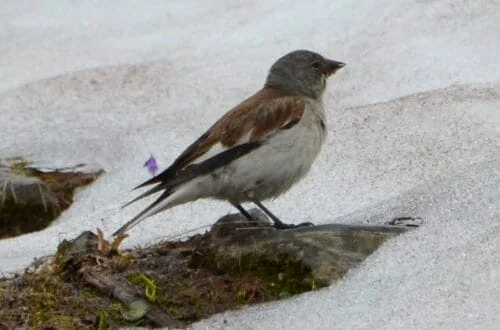
The Snowfinch is a small, hardy bird that thrives in the cold, high-altitude habitats of the Pyrenees. Sporting a mainly white and gray plumage with black patches, this charming bird is well-adapted to life in the snow.
They feed on seeds and insects, often foraging in large flocks. Snowfinches are known for their lively songs and social nature, making them a delight to observe in their natural habitat. Their presence in the Pyrenees is a testament to the region’s pristine environments and rich biodiversity.
12. Black Woodpecker (Dryocopus martius)
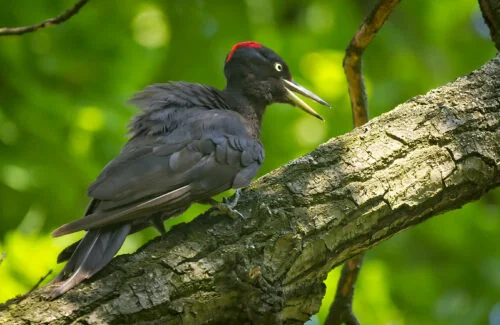
The Black Woodpecker is the largest woodpecker in Europe and a striking sight in the Pyrenees. With glossy black plumage and a bright red crown, these powerful birds are hard to miss.
They inhabit mature forests, using their strong beaks to excavate holes in trees in search of insects and larvae. Black Woodpeckers are also known for their distinctive calls, which can be heard echoing through the forest.
Their impressive size and striking appearance make them a sought-after sighting for birdwatchers in the Pyrenees.
13. Short-toed Snake Eagle (Circaetus gallicus)
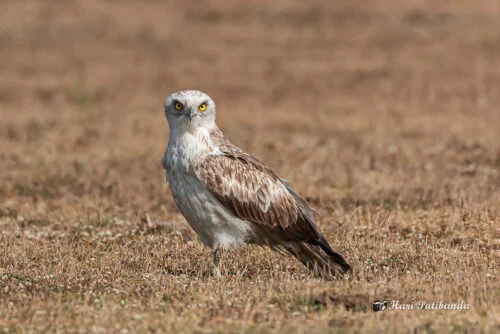
This elegant bird of prey is known for its impressive hunting skills and striking appearance. The Short-toed Snake Eagle sports a predominantly white and gray plumage with dark wingtips and a yellow eye ring.
As their name suggests, they have a particular taste for snakes, which they catch with their powerful talons. They can be seen soaring above the Pyrenees’ forests and grasslands, scanning the ground for their next meal.
With their keen eyesight and hunting prowess, Short-toed Snake Eagles play a crucial role in maintaining the balance of the Pyrenees ecosystem.
14. Capercaillie (Tetrao urogallus)
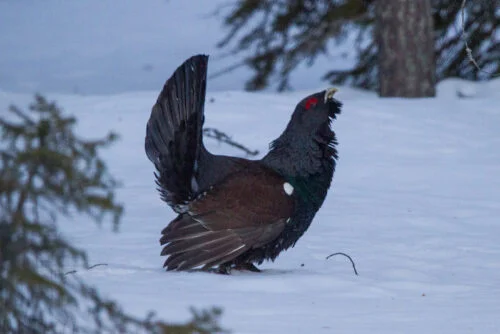
The Capercaillie is a large, ground-dwelling bird that is known for its elaborate courtship display. Males sport a striking combination of blue-black plumage, a fan-like tail, and a bright red eye comb.
They inhabit the coniferous forests of the Pyrenees, feeding on a diet of leaves, buds, and berries. During the breeding season, male Capercaillies gather in special display areas called “leks” and perform intricate dances to attract females.
Their fascinating behavior and unique appearance make them a captivating sight for birdwatchers in the Pyrenees.
